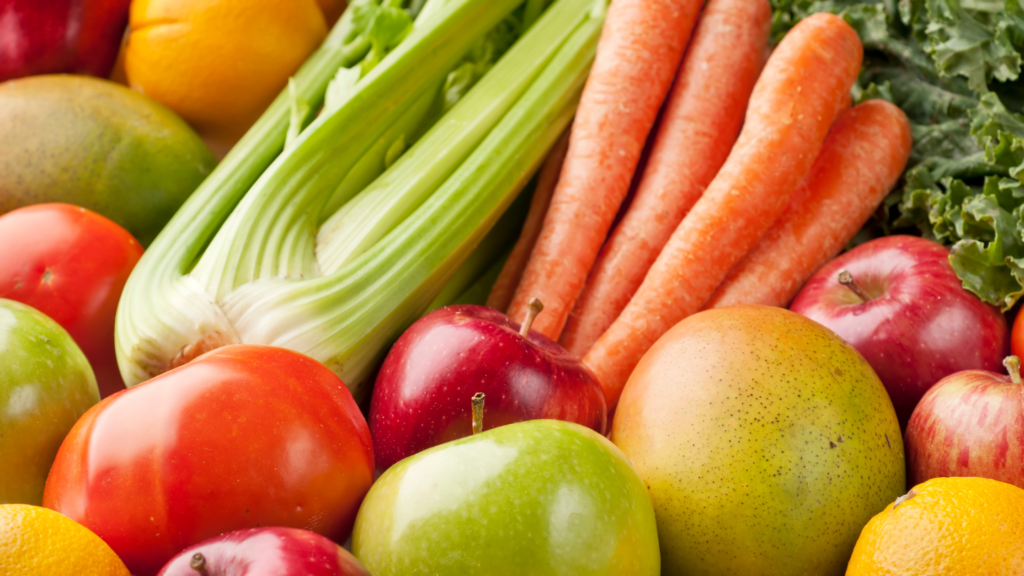Menu
Download our mobile app
today for exclusive savings and rewards!
today for exclusive savings and rewards!
Get Prepared for Easter with Fresh Farms | Now Available Baby Lambs
(Please Ask Our Meat Department For Assistance. Available at all stores except for Devon Ave)

If you love snacking on crispy apples, juicy strawberries, and garden-fresh greens, making them last can be a real challenge! As soon as you stock up on all that farm goodness at the grocery store or farmers market, the clock starts ticking until those bright colors fade and textures go soft.
But, with just a few clever storage tricks, it’s possible to have your fridge overflowing with produce for whenever cravings strike! So today, we’ve decided to share all our best methods on making produce last without compromising freshness or nutrition.
Why bother going through the effort of properly storing fresh produce? Making sure you’re prolonging freshness reduces food waste— which helps save money and curb the impact on landfills. Preserving summer’s bounty also makes local produce available year-round at a fraction of the cost of buying fresh. The same goes for properly storing winter produce, so you won’t have to worry about supply during colder months.
Each fruit and vegetable has specific ideal storage temperatures. Each little avocado, apple, and artichoke prefers its own climate control to stay crisp to the core. Specifically:
Proper storage containers create a microclimate with beneficial humidity and airflow. Rule of thumb:
This process removes water from food through freezing and converting ice to vapor. Freeze dried ingredients are very lightweight and take up little storage space. When stored properly in airtight containers, they can last for many years without spoiling! Simply add hot water later to rehydrate your freeze-dried food.
When done correctly, canning kills bacteria through heat sealing, letting you safely store foods like vegetables, sauces, jams, and more for 1-2 years. And submerging fresh veggies in salty, tangy vinegars lets you pickle up a tasty treat to keep refrigerated for about 1 year.
By removing moisture, water activity is decreased so microbes can’t grow. An oven or food dehydrator works well, but even sun drying outdoors is effective. Dehydrated fruits, vegetables, and herbs can maintain both nutrients and yummy flavors for up to a year if stored in airtight containers in cool, dark places based on food drying recommendations.
Again, fresh and local is great when crops are at peak! But expanding storage life offers bonuses like:
As you consider integrating more preserving into your cooking, Fresh Farms makes it easy to access top-quality ingredients at their peak.
Much like canning summer’s sweet strawberries allows enjoying their flavors all winter, Fresh Farms sources and delivers a robust variety of seasonal fare from near and far so you can create hearty, healthy meals all year long.
Embrace these food preservation tips for a less wasteful kitchen filled with fresh flavors in every season. Your wallet, health, and tastebuds will thank you!
Eat well.
Save time.
Live better.